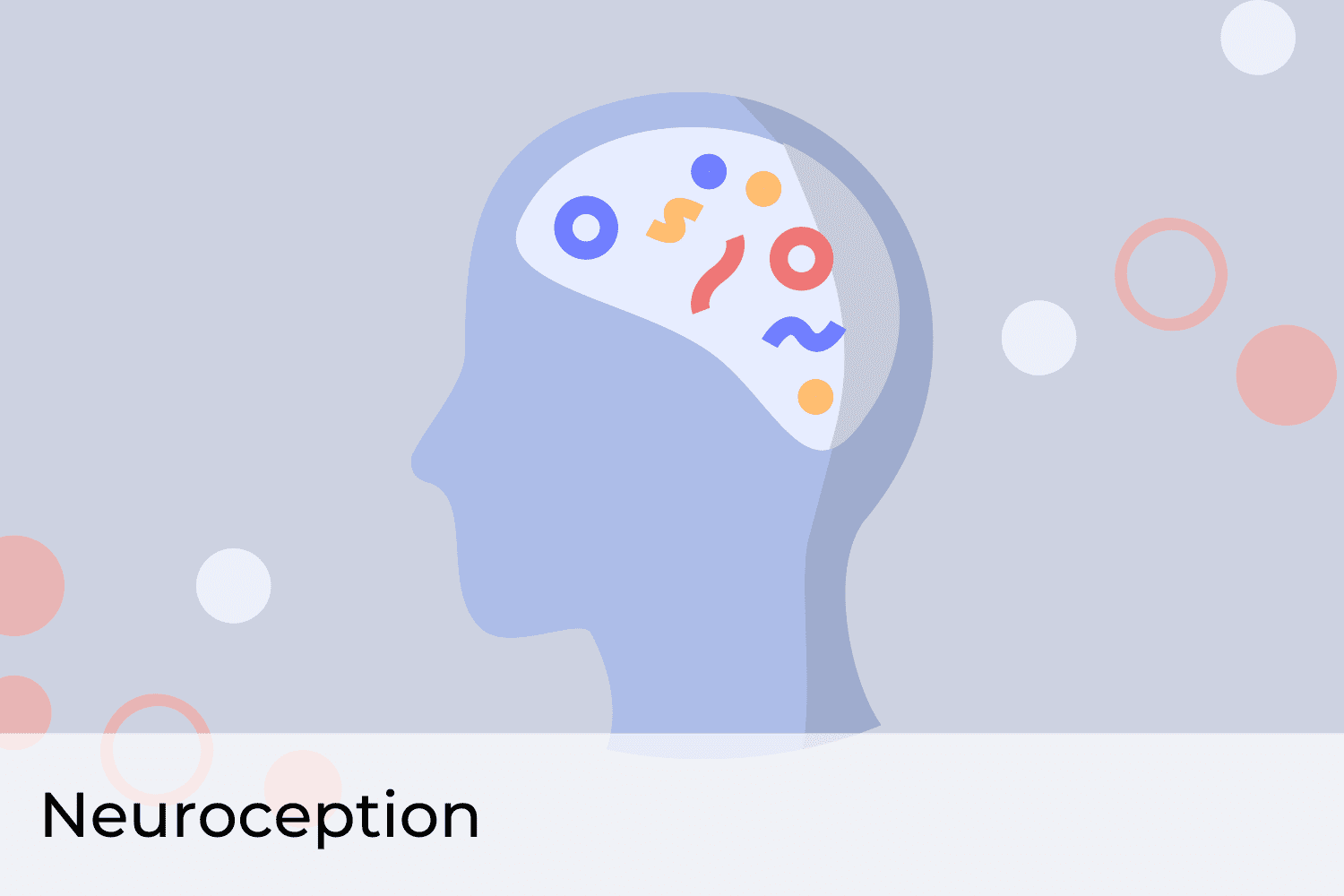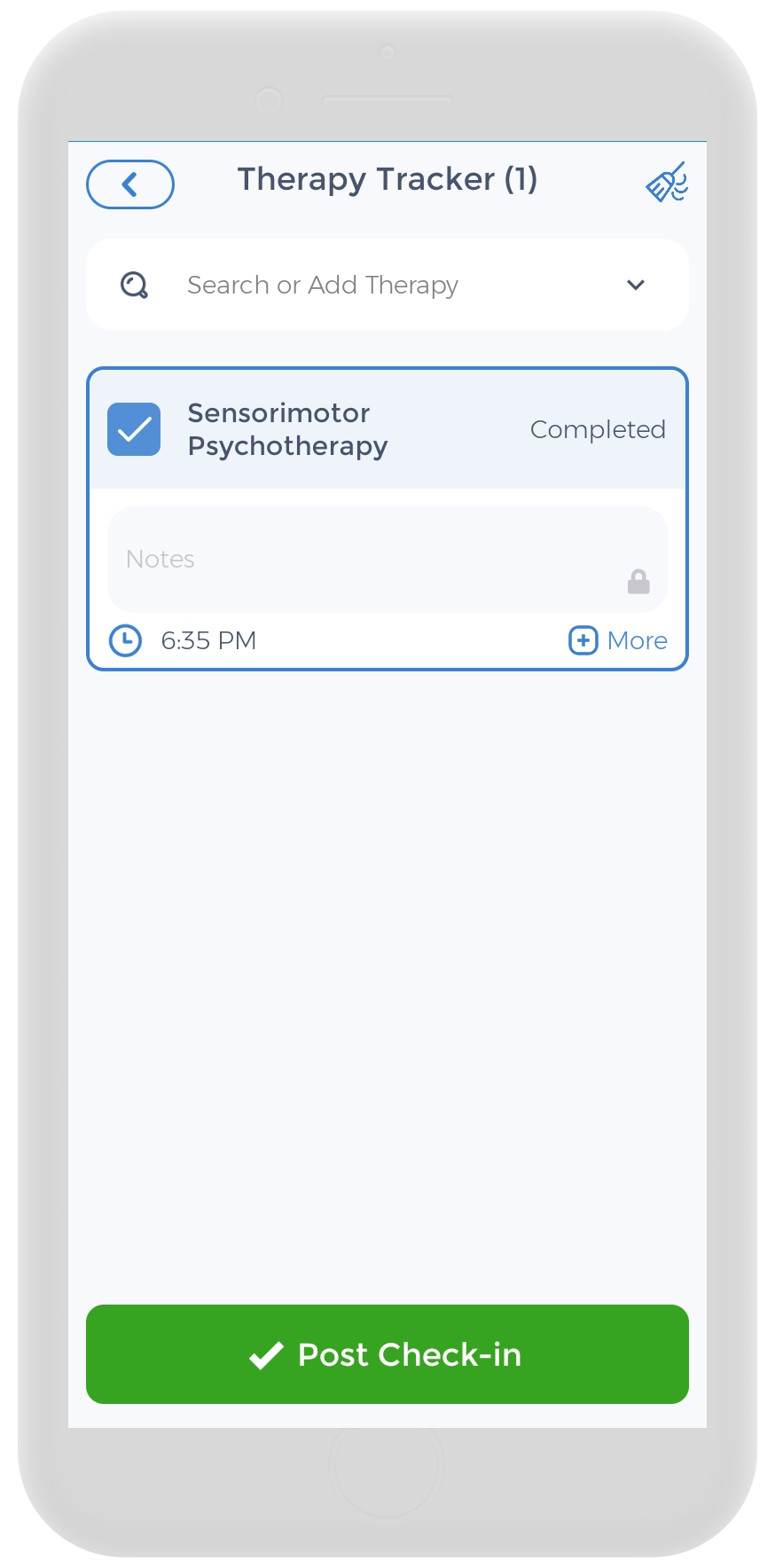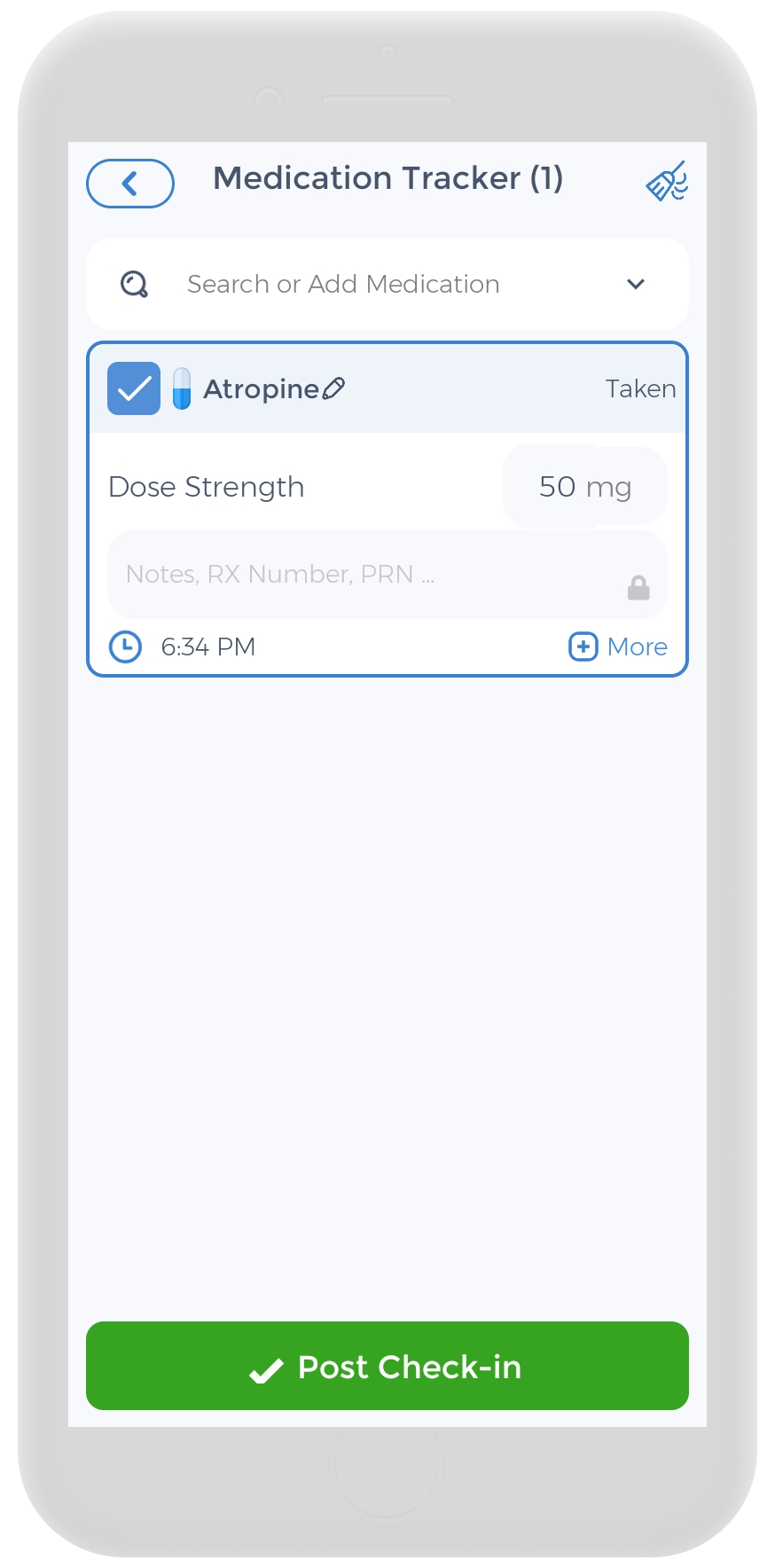
The human body is a complex and intricate system, made up of countless interlocking parts and processes. One of the most important of these is the autonomic nervous system (ANS), which regulates many of the body’s unconscious functions, such as breathing, heart rate, digestion, and more. Despite its critical role in maintaining our health and well-being, the ANS is often not understood by the general public.
However, recent advances in neuroscience have shed new light on the workings of the ANS, and have revealed a fascinating new concept called neuroception. Neuroception refers to the way in which our nervous system constantly scans our environment for signals of safety, danger, or social connection, even when we are not consciously aware of it. This subtle but powerful process has a profound impact on our daily lives, shaping our emotions, thoughts, and behaviors in countless ways.
In this article, we will explore the fascinating world of the autonomic nervous system and neuroception, and discuss how there is a connection between them. We will begin with a basic overview of the ANS, including the different branches and areas of the brain involved. We will then dive into the polyvagal theory, which provides a framework for understanding how the ANS supports social engagement behaviors, fight or flight, and immobilization. From there, we will explore the critical importance of neuroception in our daily lives, and examine real-life examples of how it operates. We will also discuss how neuroception is linked to mental health, using anxiety disorders and reactive attachment disorder as examples. Finally, we will provide some practical tips for understanding and regulating your own neuroception, so that you can live a happier, healthier life.[1][2]
The Basics: Understanding the Autonomic Nervous System
What is the Autonomic Nervous System?
Have you ever wondered how your body automatically reacts to different situations without you consciously controlling them? For example, are you aware that your heart rate increases when you’re scared or that you start to feel relaxed after a good meal?
These automatic responses are controlled by the neural circuit of a division of our central nervous system called the autonomic nervous system that runs through your brain structures and spinal cord. The autonomic nervous systems are subconscious systems responsible for controlling many of our body’s functions, including our heart rate, blood pressure, breathing, digestion, and temperature regulation. It consists of two branches, the sympathetic nervous system and the parasympathetic nervous system, which work together to keep our body functioning properly.
Sympathetic and Parasympathetic
The sympathetic nervous systems are responsible for activating our “fight or flight” response, which helps us assess risk and respond quickly to perceived threats, including during life-threatening situations. When we detect danger, the sympathetic nervous system triggers the release of adrenaline and other stress hormones, which causes our heart rate and breathing to increase and our blood vessels to constrict. This response prepares our body to fight or flee, allowing our biological movements to respond quickly to potential danger or life-threatening situations.
On the other hand, the parasympathetic nervous systems are responsible for activating our “rest and digest” response, which helps our body’s internal organs to relax and recover after periods of stress. When we’re relaxed, the neural circuits of the parasympathetic nervous system help to slow down our heart rate and breathing, and increase blood flow to our digestive system, allowing us to rest and recover.
Polyvagal Theory
In recent years, the polyvagal theory has emerged as a way to explain how brain structures and the subconscious systems of the autonomic nervous system impact our social and defensive behaviors as well as emotional responses.
Developed by Dr. Stephen Porges, the polyvagal theory proposes that the autonomic nervous system has evolved over time to help us in detecting threats and respond to different types of dangers and social situations. The vagus nerve, one of the largest and most important nerves in the body, plays a key role in regulating these neural circuits. These neural circuits distinguish between the different branches of the autonomic nervous system.
According to the polyvagal theory, the autonomic nervous system has three different branches, each of which is associated with a different set of physiological responses. The first branch is the sympathetic nervous system, which is associated with the fight or flight response. When detecting threats, the neural circuits of the fight or flight response help you respond with biological movements to perceived threats when you detect danger. The second branch is the parasympathetic nervous system, which is associated with rest and digestion of internal organs. And the third and newest branch is the integrated social engagement system, which is associated with the facial expression and muscles, vocalizations, and gestures that we use to communicate with others and establish social bonds.
The Social Engagement System
The social engagement system evolved as a way to help us regulate our physiological and emotional responses to social situations. When we feel that we are safe and connected to others, our social engagement system is activated; neural circuits in turn regulate our physiological responses and help us to feel calm and relaxed. However, when we perceive a threat or feel disconnected from others, our social engagement system may become less active, and our sympathetic nervous system or parasympathetic nervous system response may dominate. By better understanding the role of the vagus nerve and how neural circuits distinguish between different pathways to activate, we can develop more effective interventions to support mental health and overall well-being.
How Our Autonomic Nervous System Impacts Our Daily Lives
Our autonomic nervous system plays a vital role in regulating our daily lives, and disruptions to normal functioning can have a significant impact on our physical and mental health. For example, chronic stress can activate the sympathetic nervous system and cause a range of physiological changes, including increased heart rate, blood pressure, and inflammation. Over time, this can increase the risk of developing a range of health problems, including heart disease, diabetes, and depression, as well as other life-threatening issues. Additionally, disruptions to the social engagement system can impact our ability to form and maintain social relationships. For example, individuals with social anxiety disorders may have difficulty regulating their social engagement system, which can make it challenging for them to feel comfortable in social situations.
What Can Go Wrong with the Autonomic Nervous System?
Disruptions to the mammalian autonomic nervous system can manifest in a range of physical and psychological symptoms. These conditions can cause a range of physical symptoms, including abdominal pain, fatigue, and muscle pain, as well as psychological symptoms, including anxiety and depression.
Post-traumatic stress disorder (PTSD) is another condition that is closely linked to autonomic nervous system dysregulation. Individuals with PTSD may have an overactive SNS, which can cause a range of physical and psychological symptoms, including hypervigilance, flashbacks, and anxiety. Treating autonomic nervous system dysregulation can involve a range of approaches, including medication, therapy, and lifestyle changes. For example, techniques like mindfulness meditation, deep breathing, and yoga can help to regulate the autonomic nervous system and reduce stress.
In conclusion, the autonomic nervous system is a vital part of our nervous system, responsible for regulating many of our body’s functions. Disruptions to the autonomic nervous system can have a significant impact on our physical and mental health, and be potentially life-threatening, and understanding how it works can help us to develop strategies to maintain our health and well-being.[3][4][5][6]
Neuroception: The Manifestations of your Autonomic Nervous System
Neuroception is a term coined by Dr. Stephen Porges, the developer of the polyvagal theory. It refers to the neural process through which our nervous system detects safety or threat in our environment, without our conscious awareness. Essentially, it is a form of unconscious perception that influences our behavior, thoughts, and feelings.
General Overview of Neuroception
Neuroception involves the detection of subtle cues from our environment that can either signal safety or threat. This can include nonverbal cues from other people, such as facial expressions or body language, as well as more abstract cues, such as the emotional tone of a conversation or the ambiance of a room. These cues are detected by our autonomic nervous system, which is responsible for regulating our body’s internal processes and responding to changes in our environment.
How Neuroception Relates to the Autonomic Nervous System
Neuroception is intimately linked with the autonomic nervous system, which is divided into two branches: the sympathetic nervous system (SNS) and the parasympathetic nervous system (PNS). The SNS is responsible for the “fight or flight” response, which prepares our body to respond to perceived threats by increasing heart rate, respiration, and blood pressure, among other things. The PNS, on the other hand, is responsible for the “rest and digest” response, which promotes relaxation, digestion, and other activities associated with rest and recovery.
Neuroception is the process by which our nervous systems assess risk, including the safety and potential threat to our environment. It is a subcortical process that occurs outside of our conscious awareness. The autonomic nervous system plays a crucial role in neuroception by constantly monitoring the environment for potential threats and adjusting our body’s response accordingly. For example, if we are walking down a dark alley at night, our neuroception system may detect potential threats or life-threatening stimuli, triggering the SNS to activate the “fight or flight” response. On the other hand, if we are sitting in a comfortable and safe environment, our neuroception system may detect safety and trigger the PNS to activate the “rest and digest” response.
Why Neuroception is Important in Our Everyday Life
Neuroception is a critical part of our everyday experiences, particularly when it comes to social engagement behaviors. It refers to the unconscious detection and interpretation of cues in our environment that signal safety, threat, or the potential for social interaction. Our ability to accurately detect these cues depends on the health and functioning of our autonomic nervous system, which plays a central role in our social engagement behavior and feeling safe and connected with others.
One key reason why neuroception is important in our everyday life is that it affects our social communication with others using social engagement strategies. The autonomic nervous system plays a critical role in regulating our emotional responses and physiological reactions to social situations, such as talking to a friend or meeting new people.
Negative Effects in the Disruption of Neuroception
Research has shown that disruptions in neuroception can have a significant impact on our social engagement strategies and ability to maintain healthy relationships. For example, individuals with anxiety disorders, such as generalized anxiety disorder, may have a heightened sensitivity to social threats, leading to increased activation of the sympathetic nervous system and a decreased ability to engage in social interactions. Understanding the importance of neuroception in social engagement can help us to recognize the cues that signal safety and connection, and to develop strategies for managing our physiological and emotional responses to social situations. By improving our neuroception, we can enhance our ability to connect with others, build positive relationships, and promote overall well-being.

Real-Life Examples of Neuroception at Work
One example of neuroception at work is the phenomenon of “gut feelings”. Our gut contains a network of neurons, known as the enteric nervous system, which communicates with our brain structures via the autonomic nervous system. This allows us to unconsciously detect changes in our environment that may impact our health or safety, such as changes in the quality of the air we breathe or the food we eat. As a result, we may experience a “gut feeling” that something is not quite right, even if we can’t put our finger on exactly what it is.
Another example of neuroception at work is the impact of nonverbal cues on our behavior. Research has shown that subtle changes in nonverbal behaviour, such as a slight change in facial expressions or the placement of their hands, can have a significant impact on our perception of that person’s trustworthiness and likability. This can influence your social communication with that person, even if it is outside your conscious awareness.
How Neuroception Links with Mental Health
Neuroception intimately has a connection with mental health, particularly anxiety disorders. Anxiety is a common experience that helps us prepare for potential threats and respond appropriately to danger. However, when anxiety becomes chronic or disproportionate to the perceived threat, it can interfere with our daily lives and impact our mental health.
Generalized Anxiety Disorder
Generalized anxiety disorder is one example of an anxiety disorder that is closely related to neuroception. People with a generalized anxiety disorder may have an overactive neuroception system that detects potential threats in their environment, even when there is no imminent danger. This overactivation can lead to chronic worry and fear, as well as physical symptoms such as muscle tension and difficulty sleeping.

Reactive Detachment Disorder
Another example of the link between neuroception and mental health is the case of reactive attachment disorder. Reactive attachment disorder is a rare but serious condition that can occur in young children who have experienced significant disruptions in early caregiving, such as neglect or frequent changes in primary caregivers. Children with reactive attachment disorder have difficulty forming healthy attachments with caregivers, which can have long-term consequences for their social and emotional development.
One of the key features of reactive attachment disorder is a disruption in neuroception, which can lead to a hypervigilant response to social cues. This means that children with reactive attachment disorder may be overly sensitive to social signals that indicate danger, such as a caregiver’s touch or voice, and may respond with fear, anger, or withdrawal.
As a result, children with reactive attachment disorder may have difficulty forming healthy attachments with caregivers, and may struggle with social relationships more broadly.
Understanding the connection between neuroception and anxiety disorders can help individuals better manage their symptoms and improve their mental and physical health. For example, mindfulness techniques and other self-regulation practices may help individuals with overactive neuroception systems to calm their nervous system and reduce chronic worry. Additionally, therapy approaches that specifically address the autonomic nervous system and neuroception, such as somatic experiencing or sensorimotor psychotherapy, may be beneficial for individuals with anxiety disorders.[7][8][9][10]
Understanding Neurodiversity
Neurodiversity is a concept that acknowledges and embraces the natural variations in human neurological development. As a psychiatrist, I understand that neurodiversity encompasses a range of conditions, including but not limited to, autism, ADHD, dyslexia, and Tourette’s syndrome. Rather than viewing these differences as deficits, neurodiversity recognizes them as variations in brain function that can bring unique strengths and abilities to individuals.
It is important to understand that neurodiversity is not a disorder or a disease. Instead, it is a different way of experiencing the world that can bring both challenges and opportunities. People with neurodiverse conditions often have different ways of processing information, communicating, and relating to others. However, with proper support and accommodations, individuals with neurodiverse conditions can thrive and contribute in their communities.
One of the key aspects of the neurodiversity movement is the push for greater acceptance and inclusion of neurodiverse individuals in society. This means creating environments and systems that are more accommodating of different ways of thinking and processing information. It also means challenging stereotypes and stigmas surrounding neurodiversity and recognizing the unique strengths and abilities that individuals with neurodiverse conditions can bring to the table.[11][12][13][14]
Understand Your Own Neuroception
Becoming aware of our own neuroception can help us to better understand our behavior and emotional reactions. This can involve paying attention to the bodily sensations that accompany different emotions, as well as reflecting on the situational cues that may have triggered those emotions, such as facial expressions. With practice, we can learn to tune in to our own neuroception and use it as a tool for self-regulation and emotional management. On the CareClinic app, you can keep track of the different moods you experience throughout the day. Simply add it to your symptom tracker when you experience them. Furthermore, if you are taking medication or undergoing therapy for mental health or nervous system disorders, you can also keep track of those on the app.
Sources
- American Psychiatric Association. (2013). Diagnostic and statistical manual of mental disorders (5th ed.). Washington, DC: Author.
- “Generalized Anxiety Disorder” by MayoClinic. https://www.mayoclinic.org/diseases-conditions/generalized-anxiety-disorder/symptoms-causes/syc-20360803
- “Neuroception: The Brain’s Subconscious Threat Detector” by Parenting for Brain. https://www.parentingforbrain.com/neuroception/
- “Parasympathetic Nervous System” by Healthline (https://www.healthline.com/health/parasympathetic-nervous-system)
- “Polyvagal Theory: An Approach to Understanding Trauma” by Robert T Muller, Psychology Today. https://www.psychologytoday.com/ca/blog/talking-about-trauma/202206/polyvagal-theory-approach-understanding-trauma
- Porges, S. W. (2011). The polyvagal theory: Neurophysiological foundations of emotions, attachment, communication, and self-regulation. Norton series on interpersonal neurobiology.
- Thayer, J. F., & Lane, R. D. (2009). Claude Bernard and the heart–brain connection: Further elaboration of a model of neurovisceral integration. Neuroscience & Biobehavioral Reviews, 33(2), 81-88.
- Waxenbaum JA, Reddy V, Varacallo M. (2022) Anatomy, Autonomic Nervous System. Available from: https://www.ncbi.nlm.nih.gov/books/NBK539845/
References
- “Polyvagal Theory: A Science of Safety – PMC”. https://pmc.ncbi.nlm.nih.gov/articles/PMC9131189/
- “The polyvagal theory: New insights into adaptive reactions of the autonomic nervous system – PMC”. https://pmc.ncbi.nlm.nih.gov/articles/PMC3108032/
- “Autonomic Nervous System: What It Is, Function & Disorders”. https://my.clevelandclinic.org/health/body/23273-autonomic-nervous-system
- “Physiology, Autonomic Nervous System – StatPearls – NCBI Bookshelf”. https://www.ncbi.nlm.nih.gov/books/NBK538516/
- “Polyvagal theory”. https://en.wikipedia.org/wiki/Polyvagal_theory
- “Nervous system 6: the autonomic nervous system – anatomy and function | Nursing Times”. https://www.nursingtimes.net/neurology/nervous-system-6-the-autonomic-nervous-system-anatomy-and-function-18-07-2022/
- “Polyvagal Theory Part 2: Exploring Concepts and Theories – Khiron Clinics”. https://khironclinics.com/blog/polyvagal-part-2-exploring-concepts-and-theories/
- “What is the Polyvagal Theory? – Somatic Movement Center”. https://somaticmovementcenter.com/what-is-polyvagal-theory
- “Neuroception: The Secret Science of How Your Body Detects Danger Before You Do”. https://eudaimoniatx.com/blog/neuroception-the-secret-science-of-how-your-body-detects-danger-before-you-do
- “The Polyvagal Theory of Trauma and its implications for the way we understand and work with clients”. https://www.sponte.no/post/trauma-the-polyvagal-theory-of-trauma-and-its-implications
- “What is neurodiversity? – University of Wollongong – UOW”. https://www.uow.edu.au/about/our-people/diversity-inclusion/people-with-lived-experience-of-disability/disability-terminology-guide/what-is-neurodiversity/
- “Neurodiversity | Definition, Movement, & Affirming | Britannica”. https://www.britannica.com/topic/neurodiversity
- “What is neurodiversity? – Harvard Health”. https://www.health.harvard.edu/blog/what-is-neurodiversity-202111232645
- “The neurodiversity movement”. https://www.autism.org.uk/advice-and-guidance/topics/identity/the-neurodiversity-movement


